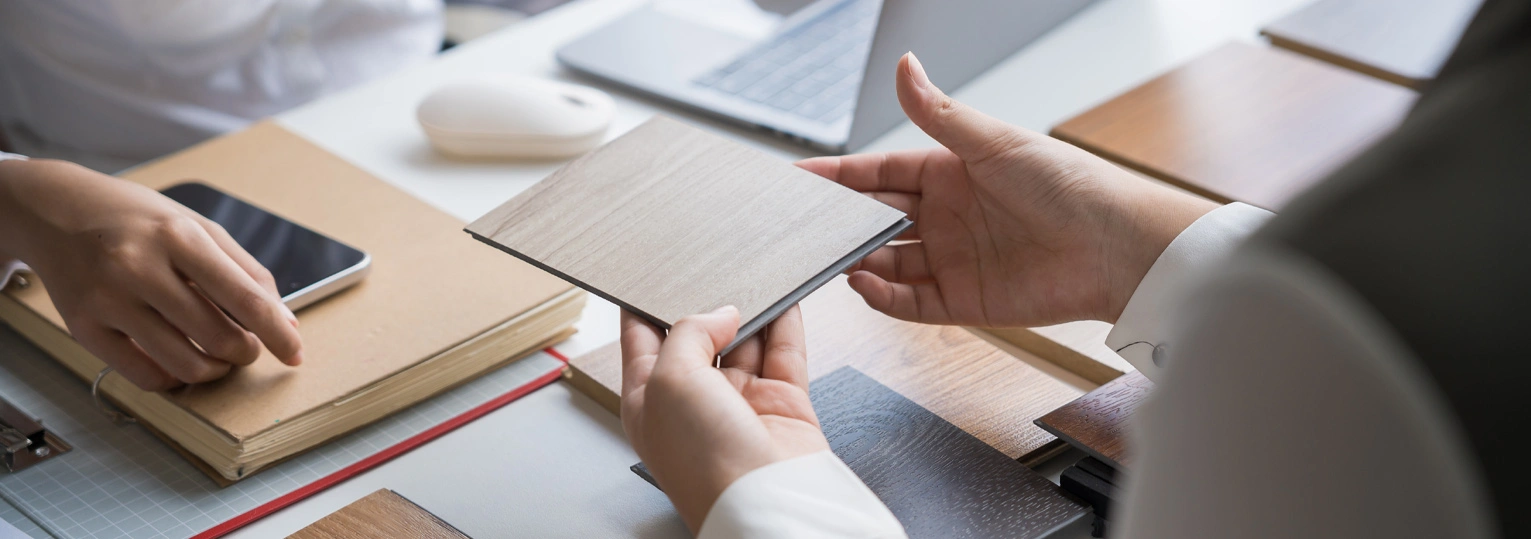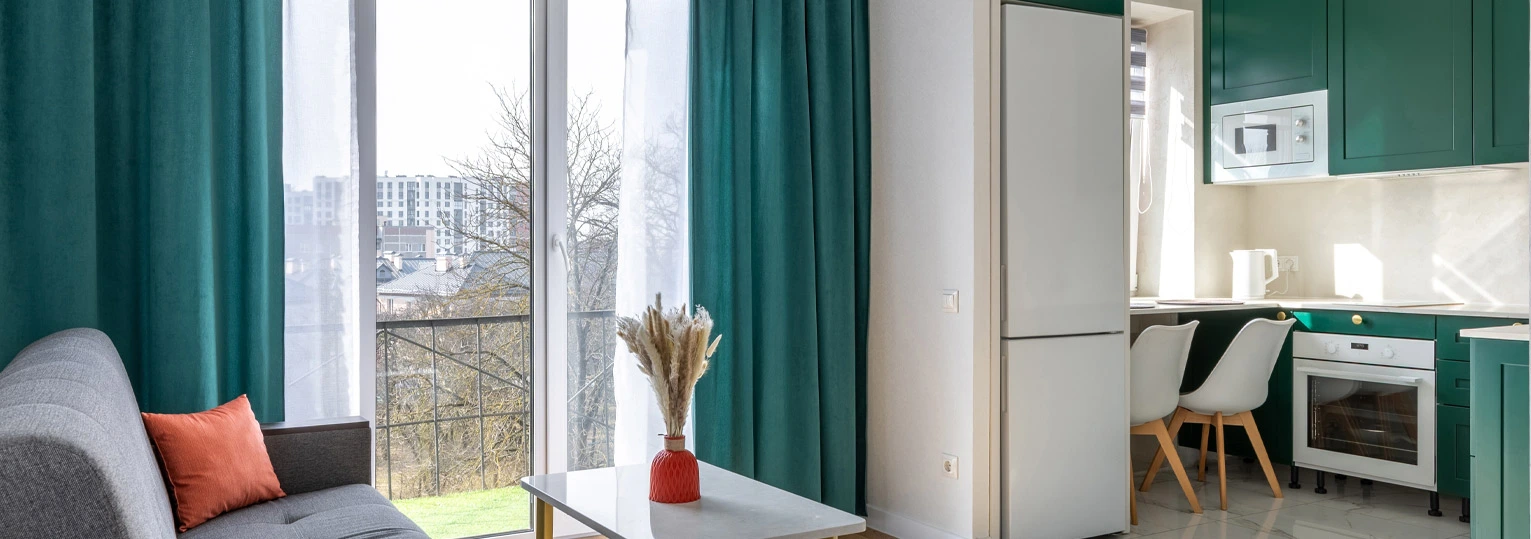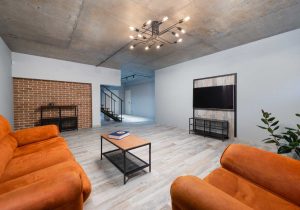
Design customs in Europe are undeniably shaped by its rich and diverse inhabitants, demographics, and the abundant wealth and resources scattered across the continent. This collective history has given rise to a remarkable design philosophy that has stood the test of time.
Founded in 1919 as a response to the tumultuous aftermath of the First World War, this design philosophy has been characterised by its emphasis on preventing over exploitation of ornamentation. Instead, it seeks to achieve a balance between form and function, ensuring that every element within a space serves a purpose.
This approach to design has not only shaped the physical landscapes of European cities but has also left an indelible mark on the way people interact with their surroundings. It’s a philosophy that champions simplicity, practicality, and the beauty found in the everyday.
From the sleek, minimalistic lines of Scandinavian interiors to the grandeur of neoclassical architecture in France, European design styles encapsulate this philosophy in diverse ways. Each country within the continent brings its unique perspective to the table, creating a vibrant tapestry of design traditions that continue to evolve.
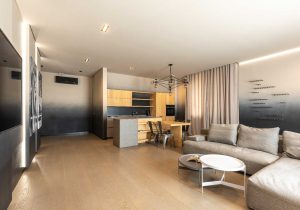
While talking characteristics of a European-style house, one of the first elements that come to mind is the graceful use of bay-shaped rooms and windows. These features are emblematic of European architecture, harkening back to centuries-old design traditions.
Bay-shaped rooms often serve as charming nooks, providing cozy spaces within larger rooms. They can be found in various areas of a European-style house, from the living room to the bedroom. These nooks offer the perfect spot for a reading corner, a small dining area, or even a place to enjoy your morning coffee while gazing out of the large, picturesque windows.
These windows project outward from the house, creating a sense of depth and dimension both inside and outside. They are typically adorned with ornate trims and decorative glass work, adding a touch of elegance to the facade.
Moreover, these bay windows often serve as the focal point of a room, flooding the interior with natural light and offering panoramic views of the surrounding landscape. They not only enhance the aesthetic appeal of the house but also provide a seamless connection to the outdoors.
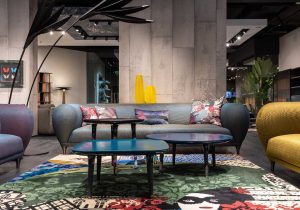
European houses showcase materials that reflect not only their historical context but also the region’s distinct architectural styles. The choice of materials can vary significantly from one European country to another, yet some common elements persist across the continent.
In many European countries, particularly in Northern Europe, timber remains a prevalent building material. Timber-framed houses exude a warm and rustic charm, often characterised by exposed wooden beams, intricate carvings, and thatched roofs. These traditional structures offer a timeless appeal and seamlessly blend into their natural surroundings.
In contrast, Southern European regions, such as Italy and Greece, are renowned for their use of stone in construction. From limestone to marble, these countries boast an abundance of locally sourced stone, which is skilfully carved and layered to create enduring architectural masterpieces. Stone facades not only provide insulation from the heat but also add a sense of enduring grandeur to the homes.
Brick is yet another fundamental material found in European houses, appreciated for its durability and versatility. In regions like the United Kingdom and the Netherlands, brick houses with their distinctive red or brown hues are a common sight. These structures often feature ornate brickwork and elaborate detailing, demonstrating the craftsmanship of bygone eras.
Finally, stucco and plaster are frequently used to finish and decorate the exterior walls of houses across Europe. This finish can be smooth or textured, painted in various colours, and adorned with architectural embellishments like cornices and friezes. Stucco not only protects the underlying structure but also allows for creative expression and customisation.
In essence, European houses are a testament to the resourcefulness of their builders, who have skilfully harnessed the beauty and functionality of materials like timber, stone, brick, and stucco to craft homes that stand as architectural marvels, each with its unique character and regional identity.
Explore our exclusive range of European-inspired interior designs with a touch of Gauri Khan and Manish Malhotra’s curated World Designs only at Bonito Designs.
Our team of skilled designers will help you transform your dream home into a European-style haven. With a 10-year warranty and the expertise of 250+ in-house designers, you can trust us to bring your dream home to life.
Get started today and let’s create a European masterpiece together!
